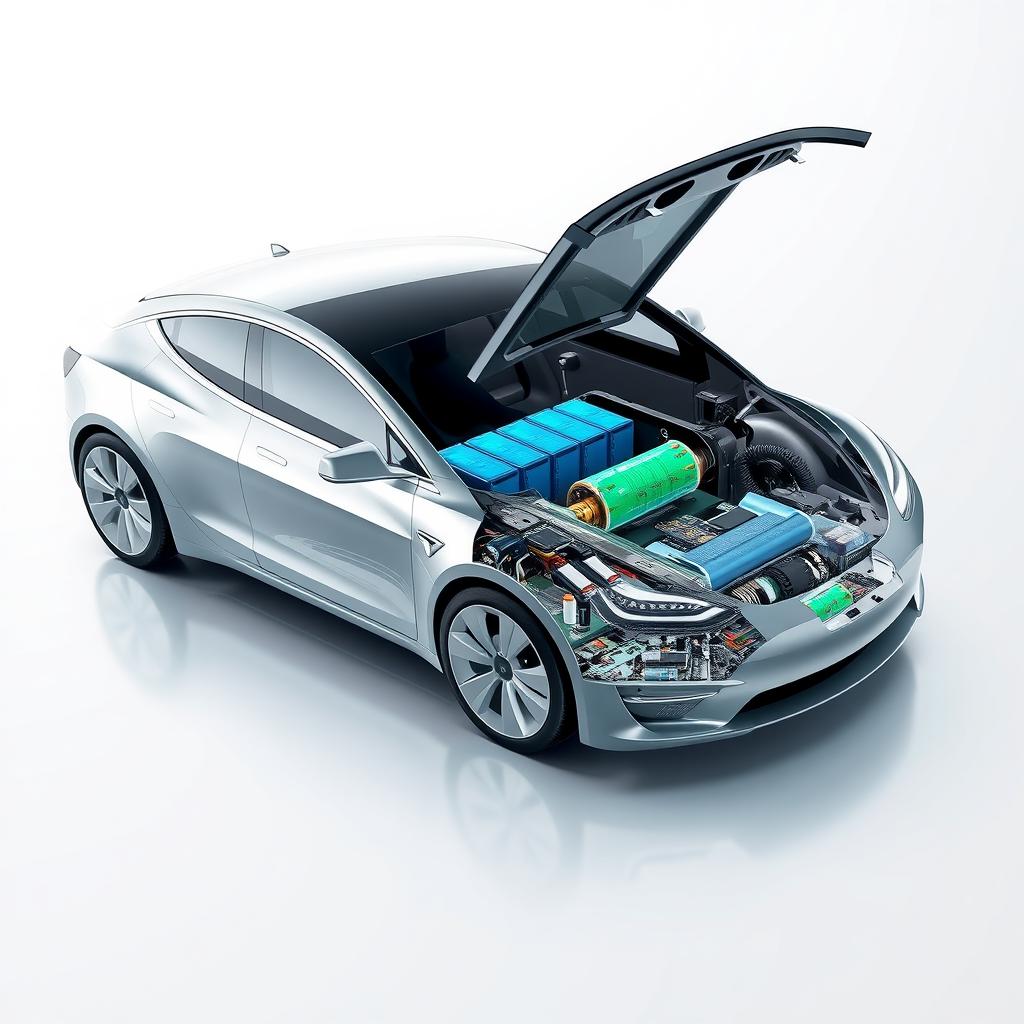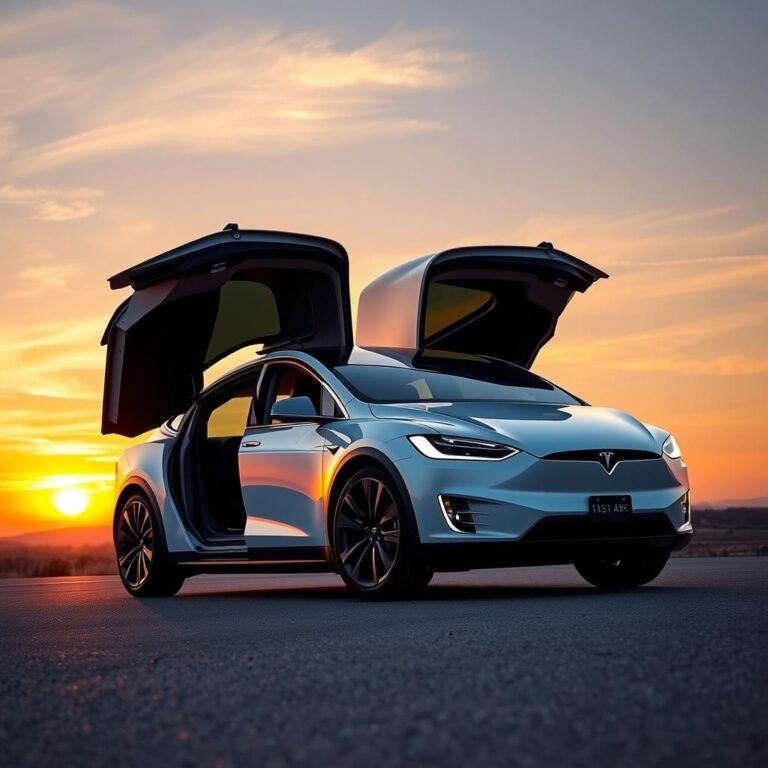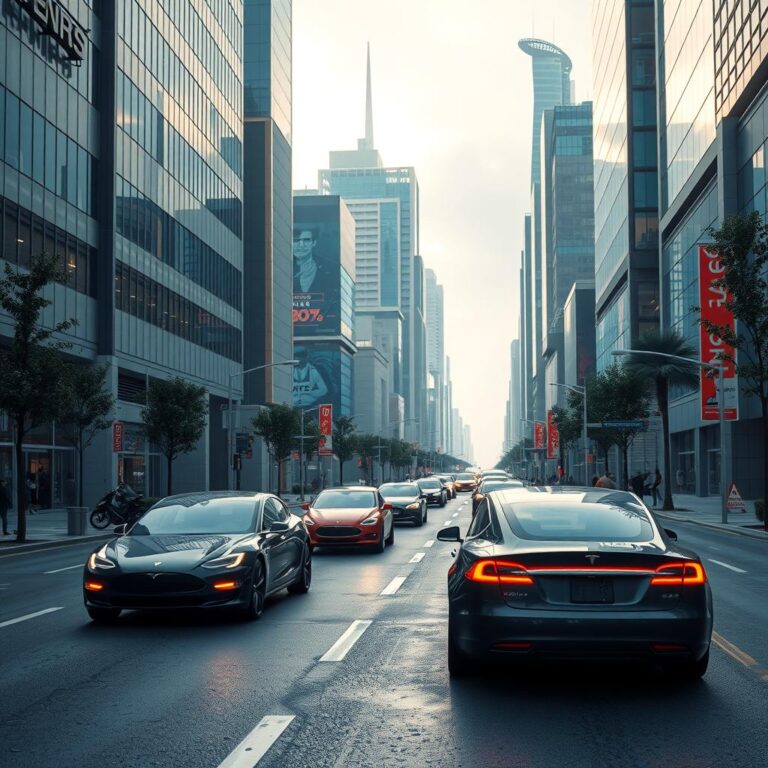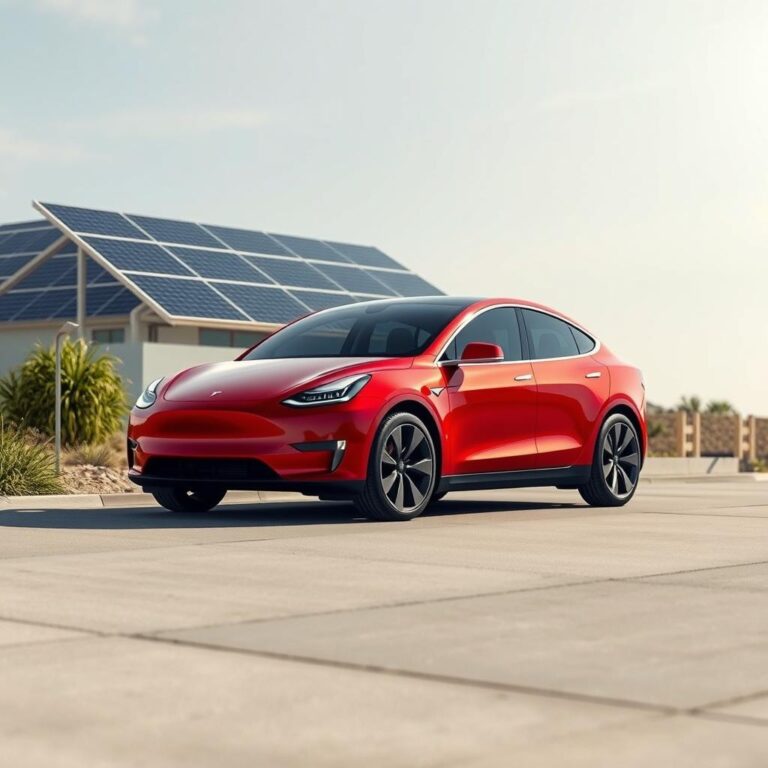Are Tesla Car Sales Dropping?
Are Tesla car sales dropping? That’s the big question on the minds of investors, industry analysts, and potential EV buyers.
Tesla has led the electric vehicle (EV) market for years, but with increasing competition, economic fluctuations, and shifting consumer demand, are its sales declining?
Let’s break down the facts.
Are Tesla Car Sales Dropping?
Yes, Tesla has experienced some drops in sales, but the situation is more complex than a simple decline.
Several factors influence Tesla’s sales performance:
- Rising competition – More automakers are entering the EV market.
- Macroeconomic conditions – Inflation, high interest rates, and reduced consumer spending.
- Frequent price changes – Tesla’s pricing strategy affects demand.
- Government policies – Changes in tax incentives impact affordability.
Despite some fluctuations, Tesla remains the top-selling EV brand globally.
What Do Tesla’s Sales Numbers Show?
Tesla’s sales have had some slowdowns, but overall, the company remains strong.
Recent sales trends:
- Quarterly deliveries have fluctuated, with periods of slower growth.
- In certain regions, like China, Tesla faces more competition from brands like BYD.
- Sales of luxury models (Model S and Model X) have slowed.
- Frequent price adjustments have impacted consumer buying behavior.
Even with these changes, Tesla continues to dominate the EV sector.
Why Are Tesla Sales Declining?
Several factors contribute to Tesla’s shifting sales figures.
1. Increased EV Competition
More automakers are entering the EV space, offering consumers more choices.
Competitors affecting Tesla’s market share:
- BYD – China’s biggest EV maker is expanding rapidly.
- Ford & GM – Electric trucks and SUVs are attracting buyers.
- Rivian & Lucid – Luxury EVs are offering strong alternatives to Tesla.
- Hyundai & Kia – Budget-friendly EVs are gaining popularity.
Tesla is no longer the only dominant EV brand, which impacts its sales growth.
2. Tesla’s Pricing Strategy
Tesla has frequently adjusted prices, leading to consumer uncertainty.
Key pricing issues:
- Frequent price cuts encourage buyers to wait for further reductions.
- Resale values decline as Tesla adjusts pricing.
- Luxury models struggle against stable-priced premium competitors.
While lower prices attract more buyers, frequent changes can make Tesla’s pricing unpredictable.
3. Changing Government Incentives
EV sales are influenced by tax credits and government policies.
How incentives affect Tesla:
- U.S. federal tax credits change frequently.
- Some regions have reduced or eliminated EV subsidies.
- Other EV brands qualify for better incentives in certain markets.
When incentives are cut, demand for Tesla vehicles may drop.
4. Economic Conditions
Macroeconomic factors impact Tesla’s sales.
Challenges facing the auto industry:
- High interest rates – Financing costs make EVs more expensive.
- Inflation – Affects consumer spending on big-ticket purchases.
- Stock market volatility – Investors’ concerns influence Tesla stock and consumer confidence.
A weaker economy can slow car sales, including Tesla’s.
Which Tesla Models Are Seeing the Biggest Sales Drop?
Luxury Tesla models are experiencing the most significant decline.
1. Tesla Model S & Model X
Sales of Tesla’s high-end vehicles have slowed.
- Higher prices make them less competitive in the premium market.
- Luxury EV competitors like Lucid and Porsche are gaining traction.
- Frequent price cuts impact long-term resale values.
2. Tesla Model 3
The Model 3 faces more competition than ever before.
- Affordable EVs from Hyundai, Ford, and Volkswagen offer alternatives.
- Some buyers are waiting for the refreshed Model 3.
- Price cuts have helped maintain demand, but competition is growing.
3. Tesla Model Y
The Model Y is still Tesla’s best-seller but is seeing increased competition.
- Rival SUVs like the Ford Mustang Mach-E and Hyundai Ioniq 5 are gaining market share.
- Pricing changes have led to consumer hesitation.
- Production and delivery delays have impacted availability.
Although the Model Y remains popular, the market is becoming more competitive.
Is Tesla Losing Market Share?
Tesla still dominates, but competitors are catching up.
Market trends:
- Tesla remains the top-selling EV brand worldwide.
- More automakers are launching EVs, giving consumers more options.
- Tesla’s lead in charging infrastructure remains a competitive advantage.
- Upcoming models like the Cybertruck may help Tesla maintain its market share.
While Tesla still leads, it faces increasing pressure from rival EV manufacturers.
What’s Next for Tesla?
Despite sales slowdowns, Tesla has several strategies to drive future growth.
Key factors that could boost Tesla’s sales:
- New product launches – The Cybertruck and updated Model 3 could attract buyers.
- Battery advancements – Improved range and faster charging enhance appeal.
- Expansion into new markets – Tesla continues to grow in Europe and Asia.
- More affordable models – A budget Tesla could open the door to a wider audience.
If Tesla continues to innovate, it will remain a leader in the EV industry.
Final Verdict: Are Tesla Car Sales Dropping?
Sales have slowed in some areas, but Tesla remains a dominant force in the EV market.
Key takeaways:
- Increased competition is affecting Tesla’s growth.
- Economic conditions and interest rates impact demand.
- Luxury Tesla models have seen the biggest sales decline.
- New models like the Cybertruck and an affordable Tesla could help future sales.
- Tesla’s strong charging network remains a major competitive advantage.
While Tesla is facing some challenges, the company remains a key player in the EV industry.
FAQs
Are Tesla car sales dropping?
Yes, Tesla’s sales have slowed in some markets, but it remains a top EV brand globally.
Why are Tesla sales declining?
Increased competition, economic factors, and changing incentives have impacted demand.
Which Tesla models are affected the most?
Luxury models like the Model S and Model X have seen the biggest sales drop.
Is Tesla losing its market share?
Tesla still leads in EV sales, but competitors like BYD, Ford, and Hyundai are gaining ground.
Will Tesla sales recover?
New models, lower prices, and expanded markets could help Tesla grow in the future.
That wraps up the first half. Ready for the next 1000 words?

Will Tesla’s Price Cuts Help Boost Sales?
Tesla’s frequent price cuts have attracted new buyers, but they also create uncertainty.
Effects of Tesla’s pricing strategy:
- Lower prices make Tesla vehicles more competitive.
- Some customers delay purchases, expecting further reductions.
- Frequent price adjustments impact Tesla’s resale value.
While price cuts can temporarily increase sales, they may not be a long-term solution.
Will the Cybertruck Help Tesla’s Sales?
The Cybertruck has generated significant interest and could help Tesla recover sales.
Why the Cybertruck is important:
- It competes in the highly profitable pickup truck market.
- Over a million pre-orders suggest strong demand.
- Its unique design and features could attract new customers.
If Tesla delivers the Cybertruck successfully, it could drive major revenue growth.
Is Tesla Expanding into New Markets?
Yes, Tesla is focusing on global expansion to sustain growth.
Key international markets:
- China – The Shanghai Gigafactory is crucial for Tesla’s global strategy.
- Europe – The Berlin Gigafactory allows Tesla to compete with European automakers.
- India – Tesla is considering entering India’s growing EV market.
Expanding into new regions helps offset slowdowns in existing markets.
Will Tesla Release a More Affordable Model?
Tesla has hinted at a budget-friendly EV, which could significantly boost sales.
What we know about Tesla’s rumored low-cost EV:
- Expected to be priced around $25,000.
- Designed to compete with affordable EVs from Hyundai, Ford, and Volkswagen.
- May use Tesla’s next-generation battery technology to lower production costs.
A cheaper Tesla could open the brand to a much wider customer base.
How Does Tesla’s Sales Compare to Other EV Brands?
Tesla still leads in EV sales, but competition is intensifying.
Comparison of EV market share:
- Tesla – Remains the top-selling EV brand worldwide.
- BYD – Rapidly expanding and challenging Tesla in China.
- Ford – Growing its EV presence with the Mustang Mach-E and F-150 Lightning.
- Hyundai/Kia – Gaining popularity with affordable and efficient EVs.
While Tesla remains the dominant player, more automakers are closing the gap.
Will Tesla’s Supercharger Network Help Sustain Sales?
Yes, Tesla’s charging infrastructure is a major competitive advantage.
Why Tesla’s Supercharger network matters:
- It’s the largest and most reliable fast-charging network worldwide.
- It reduces range anxiety for EV owners.
- Opening Superchargers to other EV brands could generate additional revenue.
Tesla’s charging convenience remains a key selling point.
Is Tesla Facing Production Challenges?
Supply chain issues and production bottlenecks have affected Tesla’s ability to meet demand.
Challenges include:
- Shortages of key materials like lithium and semiconductors.
- Delays in ramping up production at new Gigafactories.
- Global logistics disruptions impacting vehicle deliveries.
Resolving these challenges will be critical to Tesla’s long-term success.
How Will Government Policies Impact Tesla’s Future?
Government regulations and incentives play a major role in Tesla’s sales.
How policies affect Tesla:
- EV tax credits encourage adoption but are subject to change.
- Emission regulations push automakers toward electrification.
- Trade policies and tariffs impact Tesla’s global expansion strategy.
Favorable policies can boost sales, while regulatory changes could pose challenges.
What’s Next for Tesla?
Despite short-term challenges, Tesla remains positioned for long-term growth.
Key factors for Tesla’s future:
- New models – The Cybertruck and budget Tesla could drive demand.
- Global expansion – Entering new markets will sustain growth.
- Technology advancements – Battery improvements and AI-driven features will enhance Tesla’s appeal.
- Competitive pricing – Finding the right balance between affordability and profitability is crucial.
If Tesla continues to innovate, it will remain a key player in the EV market.
Final Verdict: Are Tesla Car Sales Dropping?
While Tesla’s sales have slowed in some areas, it remains a dominant EV brand.
Key takeaways:
- Increased competition is affecting Tesla’s market share.
- Economic conditions and fluctuating incentives impact demand.
- Luxury Tesla models are seeing the biggest decline.
- New models like the Cybertruck and a budget Tesla could drive future sales.
- Tesla’s strong charging network remains a major competitive advantage.
While Tesla faces short-term sales slowdowns, it remains well-positioned for long-term success.
FAQs
Will Tesla’s price cuts help increase sales?
Price cuts make Teslas more affordable, but they also create uncertainty among buyers.
Can the Cybertruck help boost Tesla’s sales?
Yes, the Cybertruck has strong demand and could significantly impact Tesla’s revenue.
Is Tesla expanding into new markets?
Yes, Tesla is growing in China, Europe, and potentially India.
Will Tesla release a cheaper model?
Tesla has hinted at a $25,000 EV that could expand its customer base.
How does Tesla’s sales compare to other EV brands?
Tesla is still the top-selling EV brand, but competition from BYD, Ford, and Hyundai is increasing.
Does Tesla’s Supercharger network help sustain sales?
Yes, Tesla’s Supercharger network remains a significant competitive advantage.
What are Tesla’s biggest production challenges?
Supply chain disruptions and production delays have impacted Tesla’s ability to meet demand.
How do government policies affect Tesla sales?
EV tax credits and emissions regulations play a crucial role in Tesla’s market success.
What will determine Tesla’s future sales?
New models, global expansion, battery improvements, and pricing strategy will be key factors.
Is Tesla still the market leader in EVs?
Yes, despite increased competition, Tesla remains the dominant player in the EV industry.
Overall, while Tesla has seen some sales slowdowns, the company remains one of the most innovative and influential forces in the EV market.



